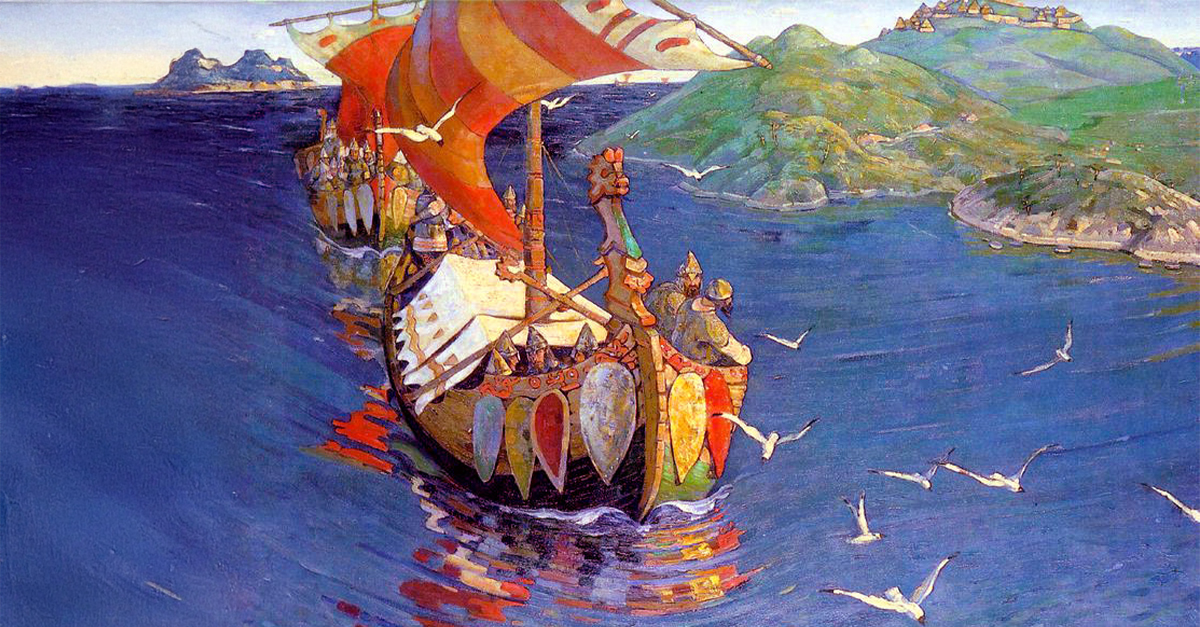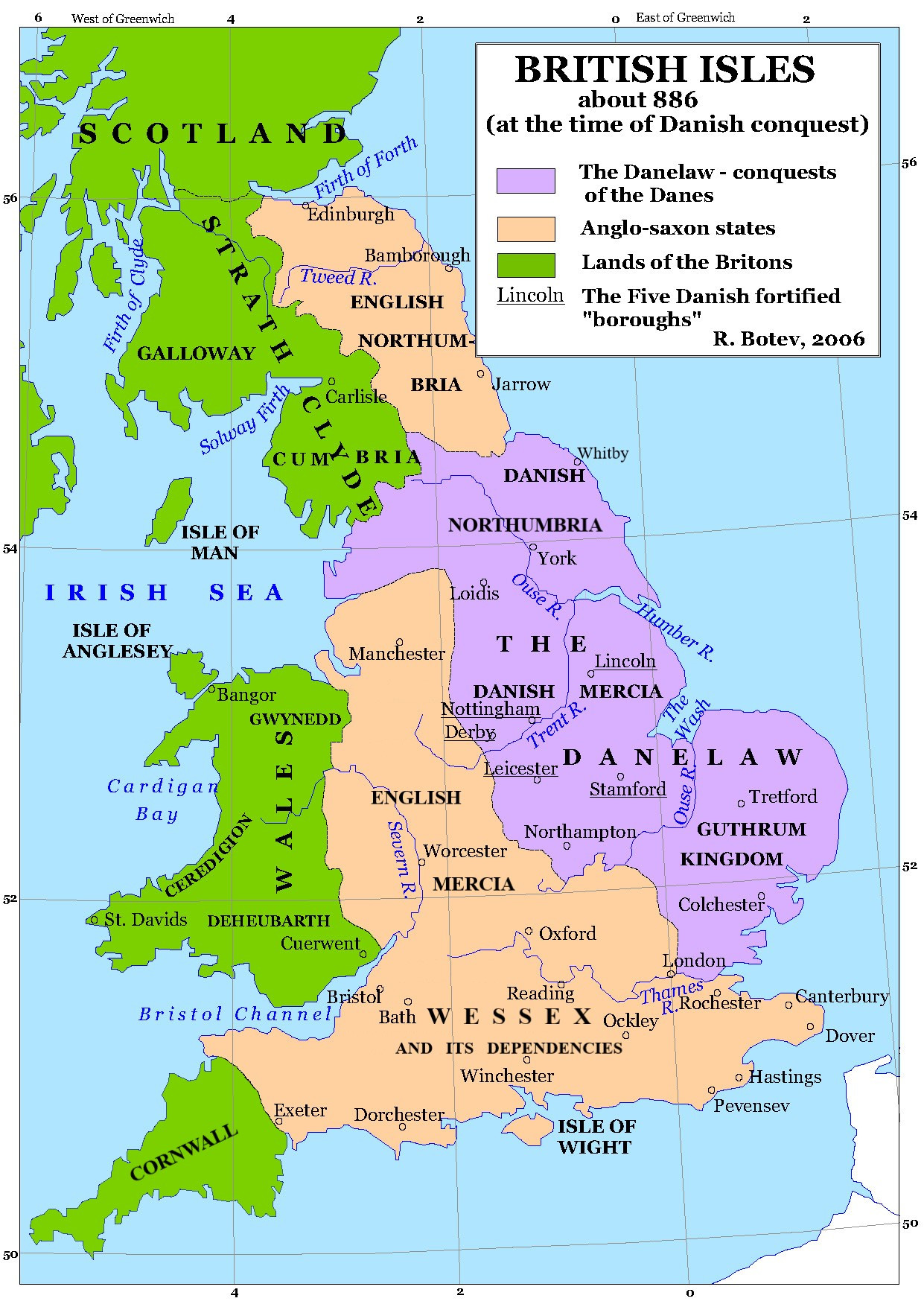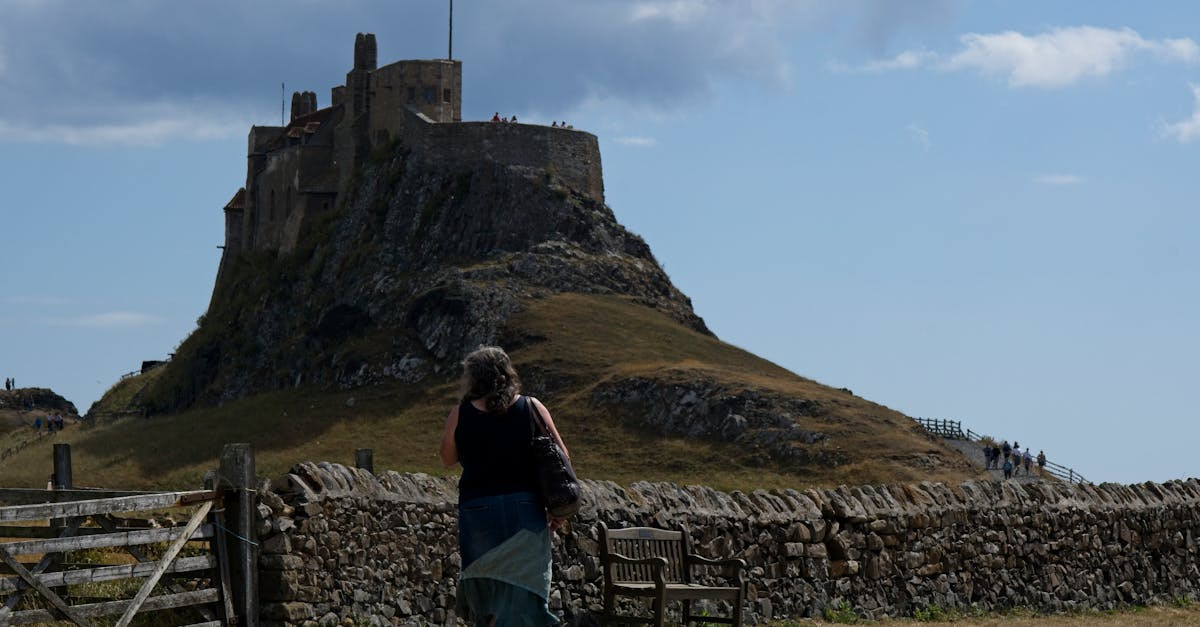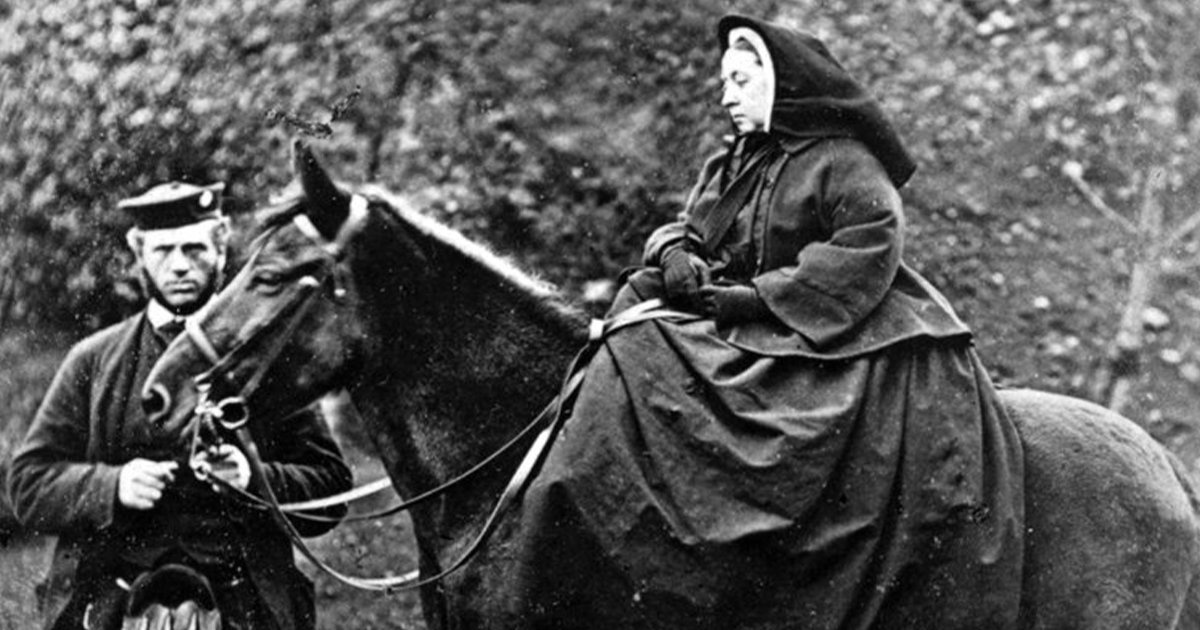The Vikings first appeared in the British Isles starting in the late 8th century and left a lasting mark on the culture, language, and political landscape of Britain. The Norse seafarers of Scandinavia reshaped the British Isles over many centuries, with a legacy still visible in place names, dialects, legal systems, and regional identities around the United Kingdom.
The First Raids And Early Settlements
The Viking Age in Britain started in 793 AD with the infamous raid on the monastery at Lindisfarne, Northumbria. This brutal onslaught shocked Christian Europe and was only the beginning of a cycle of ongoing Viking intrusion. After a while, the Norse moved beyond raids, and started setting up winter camps that later became permanent settlements, especially in the north and east of England, and in parts of Ireland and Scotland.
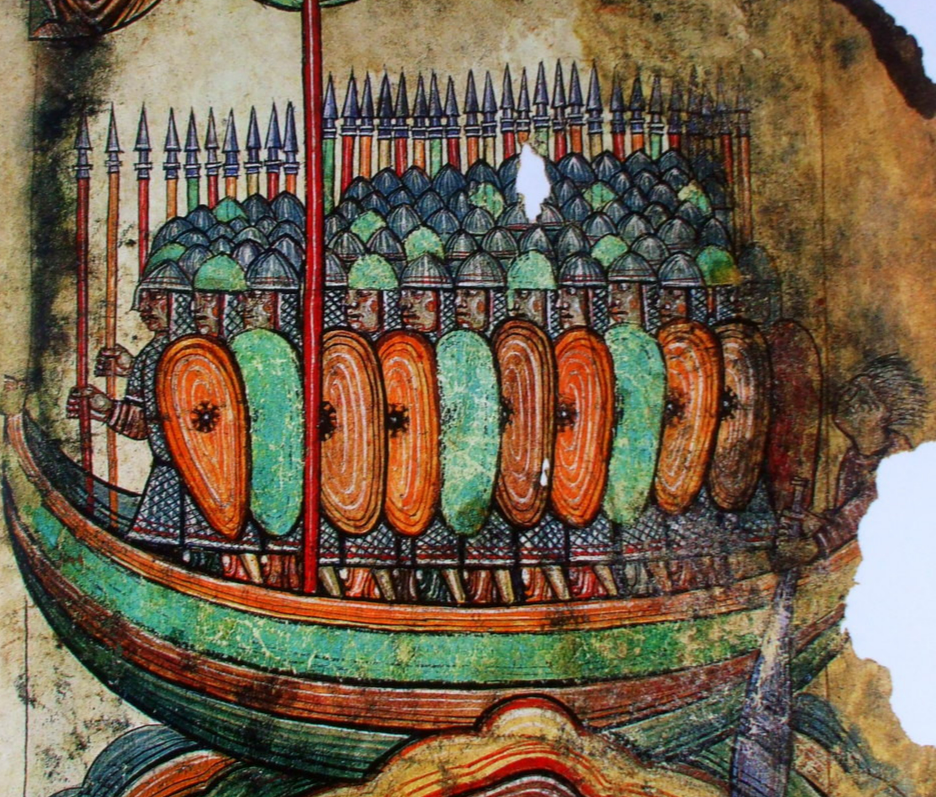 Abbaye de Saint Aubin, Wikimedia Commons
Abbaye de Saint Aubin, Wikimedia Commons
The Danelaw And Norse Rule
By the late 9th century, a large swathe of England was under Viking control in what was known as the Danelaw. This region, stretching from East Anglia through parts of Mercia and Northumbria, was under the dominance of Norse law and customs. The Danelaw brought new administrative systems and more thoroughly brought Viking customs into Anglo-Saxon society.
Norse Influence On Scotland And Ireland
Viking influence wasn’t limited to England. Norse settlers created strongholds in the Orkney and Shetland Islands, the Hebrides, and parts of the Scottish mainland. In Ireland, they founded key coastal cities like Dublin, Limerick, and Waterford, which soon became major trading hubs. The Vikings wielded a stern hand in the development of civilization in these regions.
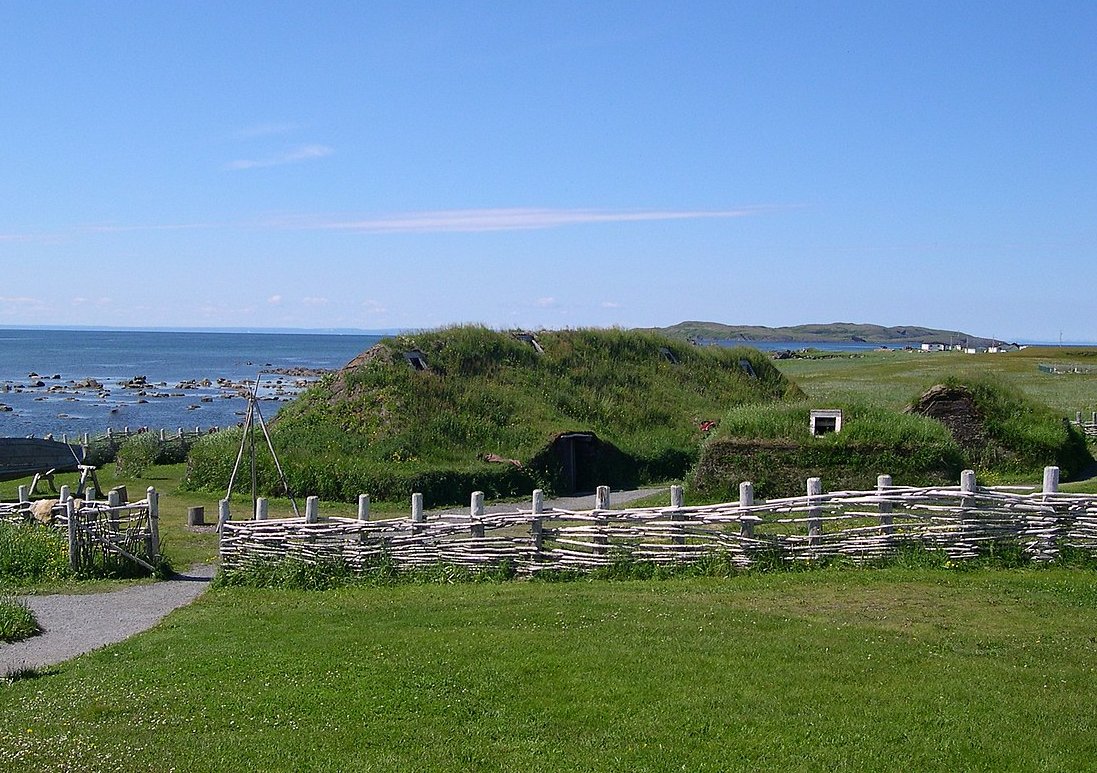 Dylan Kereluk, CC BY 2.0, Wikimedia Commons
Dylan Kereluk, CC BY 2.0, Wikimedia Commons
Cultural And Linguistic Influence
One major Viking contribution to Britain is linguistic. A lot of everyday English words, such as sky, egg, knife, window, and husband, for example, come from Old Norse. In areas that were part of the Danelaw, the local dialects still have Norse elements. Even modern English retains traces of this influence.
Place Names With Norse Roots
Viking influence is also visible in place names. Towns ending in -by (meaning “farm” or “village”), such as Grimsby and Derby, are of a Norse origin. Names ending in -thorpe, -thwaite, and -kirk also reflect Viking settlement. These names are most commonly found in the north and east of England, roughly following the extent of the old Danelaw.
Law, Government, And Customs
The Vikings introduced some legal concepts and systems that had an impact on English government. The use of juries, local assemblies (known as things), and the emphasis on compensation over corporal punishment had a lasting effect. These practices were gradually incorporated into the Anglo-Saxon legal tradition and their presence persisted well into the medieval period.
The DNA Of Modern Britain
Modern genetic studies reveal a major Norse contribution to the DNA of people in parts of the UK, especially northern and coastal areas. This legacy is only further evidence of long-term Viking integration, not just conquest. It’s an unmistakable feature of their settlement and intermarriage with the local people.
The End Of Viking Power In Britain
By the mid-11th century, Viking power in Britain was starting to recede. The Norman Conquest in 1066 more or less ended Scandinavian supremacy, even though the Normans themselves were descended from Norse settlers in France. Viking political influence faded, but their cultural presence was still part of the fabric of British life.
Reminders In Modern Culture
Today, Viking heritage is still remembered through museums, festivals, and reenactments across the UK. Cities like York (formerly Jorvik) and Dublin enshrine their Norse past with dedicated heritage centers. These public memorials are a tribute to scholarly interest and public fascination with a time of seafaring adventurers who made their mark on the British Isles.
You May Also Like:
The Legend Of Languoreth, The Lost Queen of Scotland
Forget Columbus—This Man Was The First European To Reach North America

